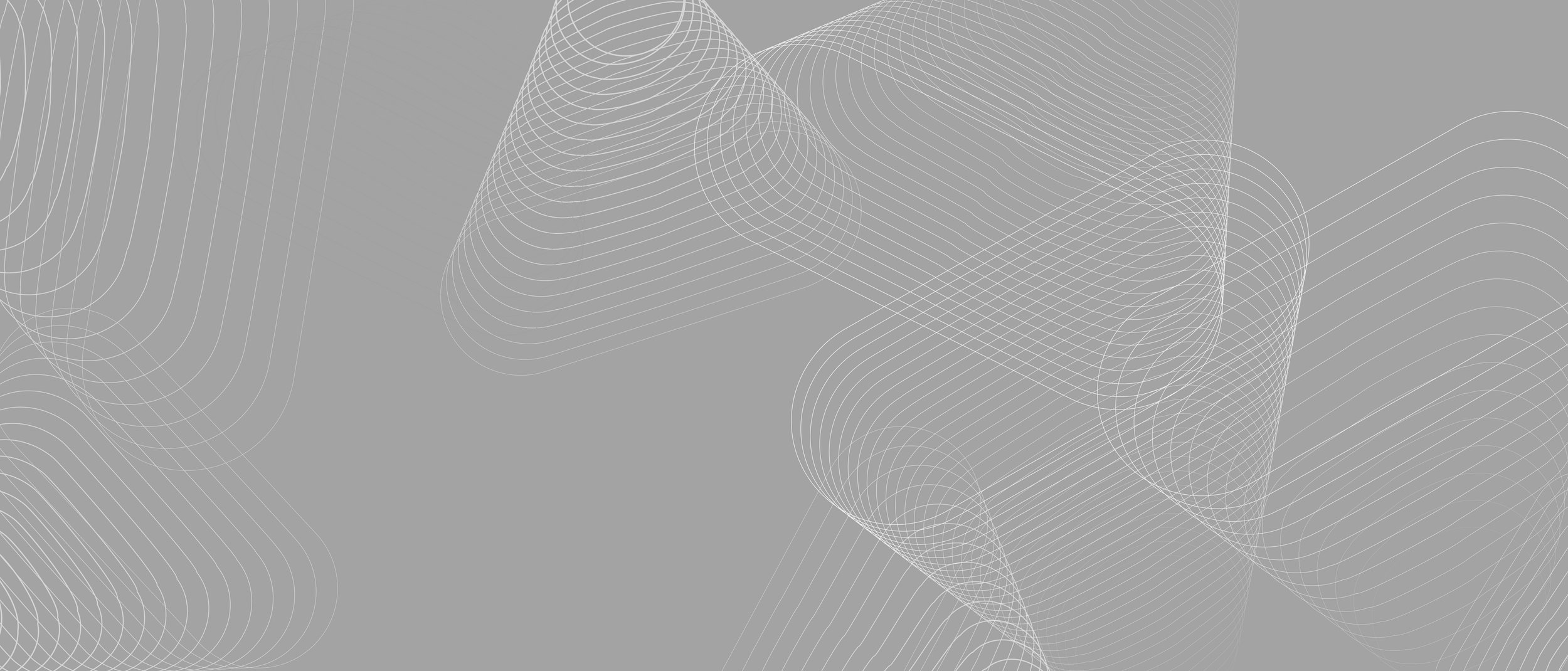
Restoring Function. Embracing Life.
Shoulder Dislocation Specialist in Singapore
Dr Bryan Wang
Consultant Orthopaedic Surgeon
Trusted Orthopaedic Surgeon | Fellowship-trained in Canada | With over 20-years of experience
What is Shoulder Dislocation?
The shoulder is a ball-and-socket joint that is very mobile, which makes it susceptible to dislocations. Stability of the shoulder is increased by the presence of structures such as the labrum which helps deepen the socket.
A dislocation occurs when the head of the humerus (ball) pops out of the socket. This typically occurs during contact sports but can also occur from a traumatic injury to the shoulder.
Risk factors for shoulder dislocation include those who participate in contact sports (rugby, ice hockey) or overhead activities (bouldering, racket sports). You may also be predisposed to shoulder dislocations if you have generalised ligamentous laxity.
Symptoms At a Glance
Patients with a shoulder dislocation may present with the following symptoms:
Shoulder pain
Deformity of the shoulder
Swelling or bruising around the shoulder
Difficulty in moving the arm
Numbness in the shoulder
In addition, you may find that you are prone to developing recurrent dislocations once you have had a previous episode.
How to Diagnose?
Clinical assessment will include taking a detailed history and a thorough examination of your shoulder.
Further imaging tests like X-rays, MRI scans and ultrasound scans may occasionally be required.
Shoulder Dislocation Treatment
What are my Treatment options for Shoulder Dislocation?
If you have any of the symptoms above, it is advisable to see an orthopaedic specialist for further assessment. The appropriate treatment is decided after assessment and a collaborative discussion based on your needs. They can be broadly divided into conservative (non-surgical) and surgical options.
Shoulder Dislocation Conservative Treatment
In an acute shoulder dislocation, a closed reduction should be performed early. A closed reduction involves special manoeuvres, usually with the aid of sedation, to help reduce the ball into the joint socket.
You will then be provided an arm sling for support and immobilisation to allow the shoulder to rest for about a week. You may then be referred to a physiotherapist for shoulder exercises to regain your range of motion and strength.
Shoulder Dislocation Surgical Treatment
If you have recurrent shoulder dislocations or are at an increased risk due to your work or sporting demands, you may be a candidate for surgery.
The surgery is typically performed in a minimally-invasive fashion (keyhole) and involves re-attaching the torn labrum to your joint socket.
Recovering from Shoulder Dislocation Surgery
The shoulder dislocation surgery is typically performed in a minimally-invasive fashion also known as shoulder arthroscopy. Recovering from a arthroscopic surgery tends to be quicker with less pain and scarring.
Recovery journey happens in a few stages, over a period of weeks. Most of the patients are able to return to their sports and activities after 3-6 months of rehabilitation.
During the first couple of weeks, an arm sling is recommended to restrict movement. This will also helps to protect the repaired tendon during the early fragile stage of healing.
An Intermittent icing with the provided device will be provided for your after the surgery to help alleviate pain and reduce swelling.
The infographics on the right illustrates the stages of recovery timeline phase by phase. Read more about our guide to shoulder arthroscopic surgery recovery here!

Why choose Beacon Orthopaedics?
Focused expertise: Dr Bryan Wang is fellowship-trained in Shoulder & Elbow and Sports Injuries (Pan Am Clinic, Canada) and previously served as Senior Consultant (CGH). He has taught at NUS, NTU, and Duke-NUS and is a member of AAOS, ISAKOS, and the Canadian Shoulder & Elbow Society.
Athlete-centred care: Dr Bryan Wang has many years of experience and expertise supporting professional athletes and weekend warriors alike; return-to-sport is built into your plan.
One stop centre: You can expect same-week imaging where appropriate, on-site/partner physiotherapy, and clear return-to-work/sport milestones all within one medical clinic.
Keyhole-first philosophy: Dr Wang believes in approach of Arthroscopic repair of shoulder dislocation, shoulder arthroscopy and advanced solutions.
Ready To Get Confident with Your Shoulder Again?
If you’re experiencing recurrent shoulder dislocations, shoulder deformity, or suspect a labral tear, book an appointment with Beacon Orthopaedics, Singapore.
Early, accurate diagnosis and a structured plan can get you back to work, sport, and daily life with confidence.



